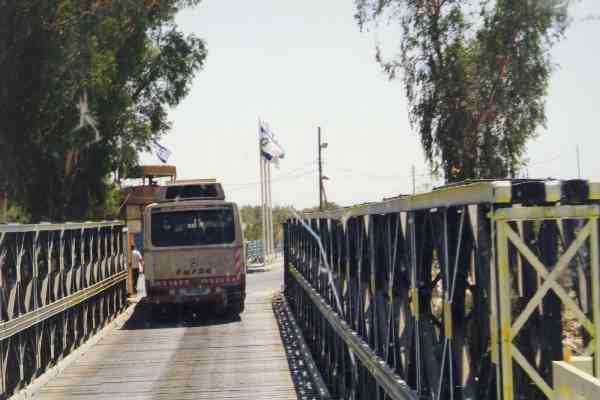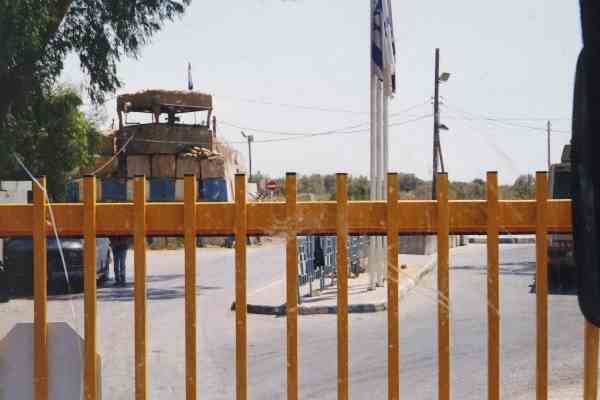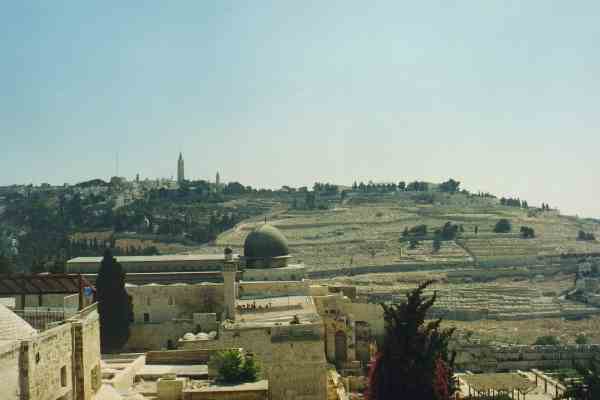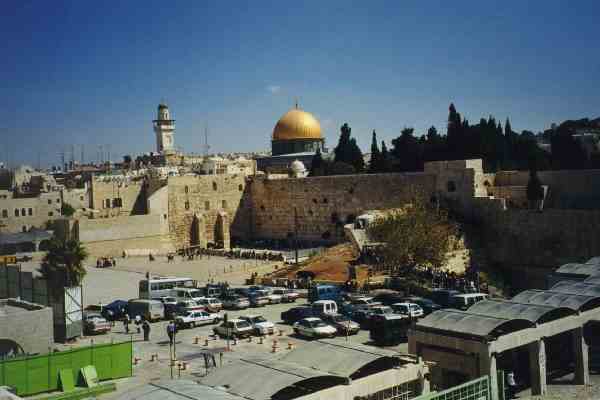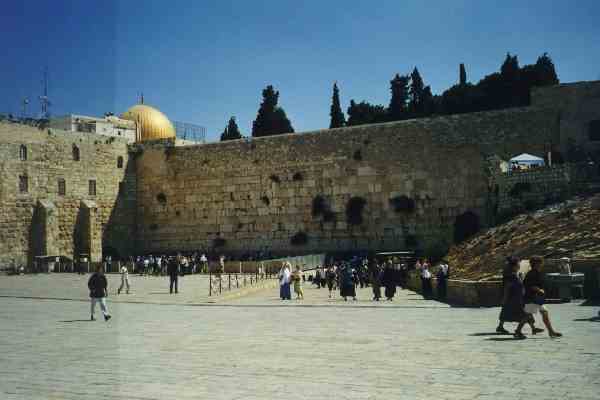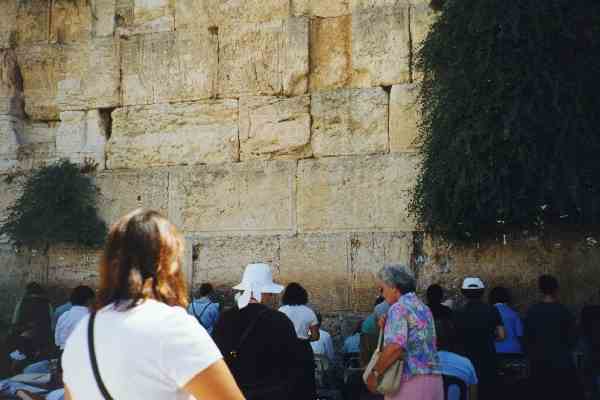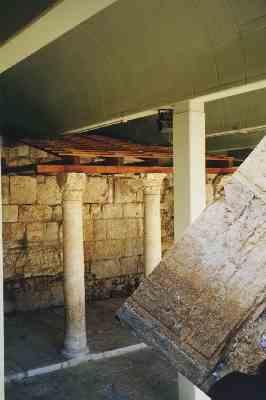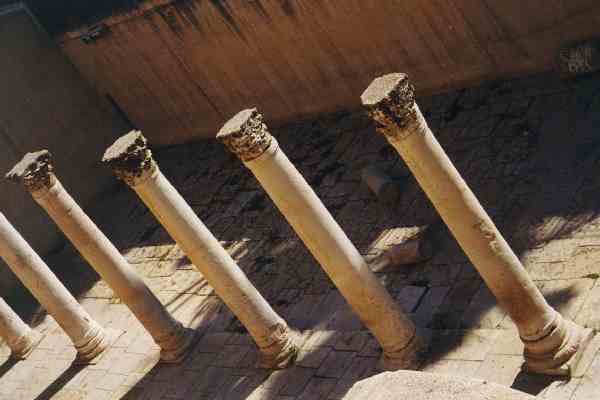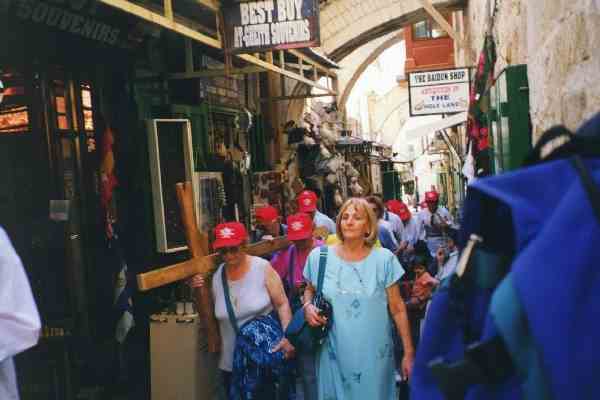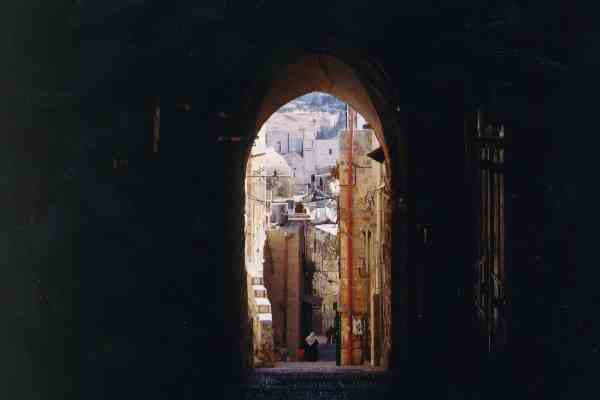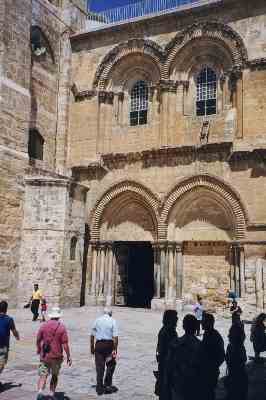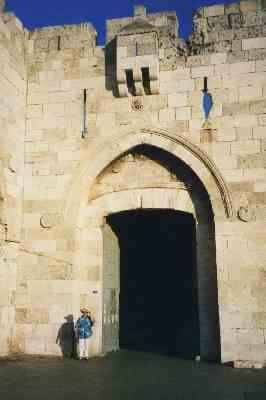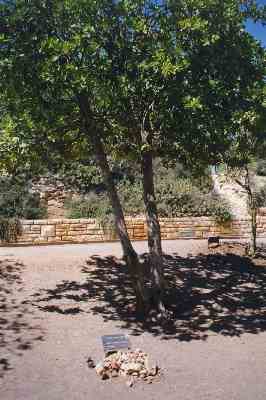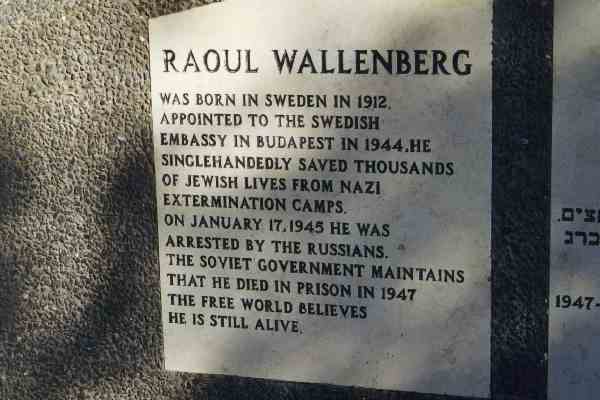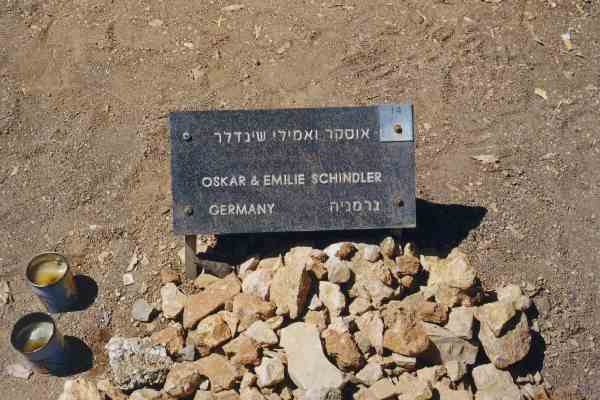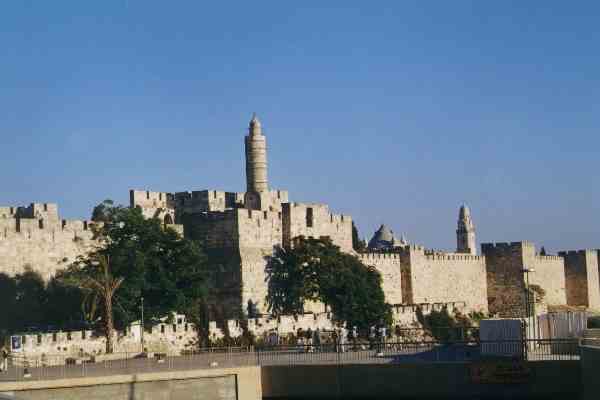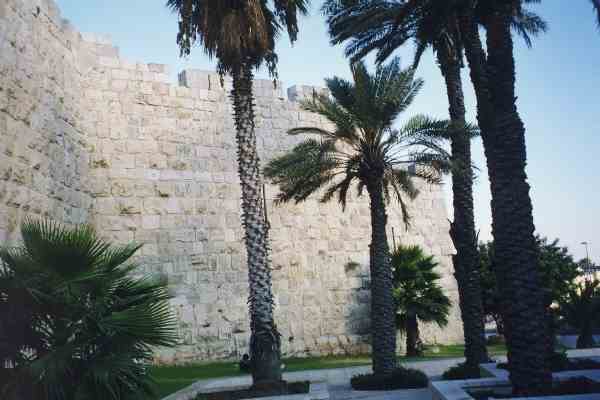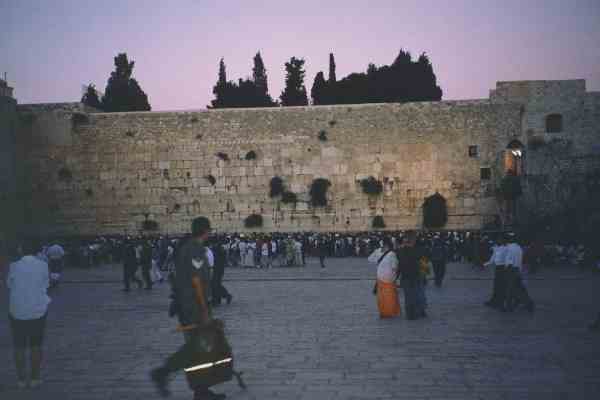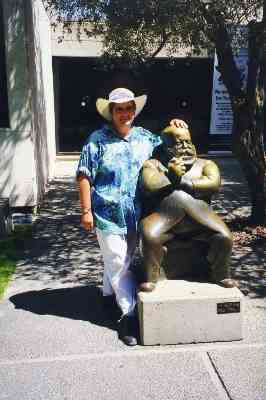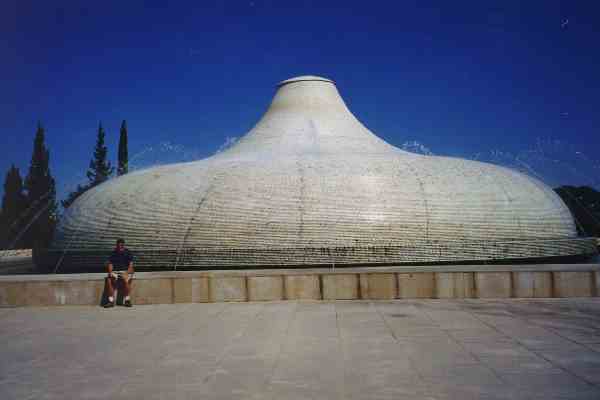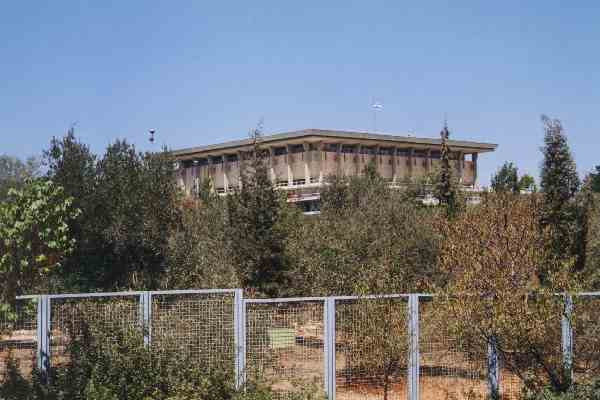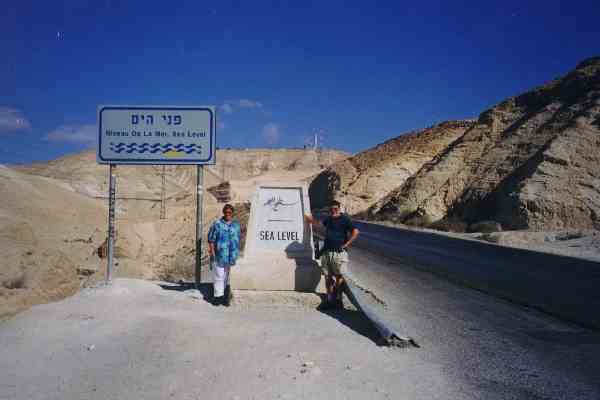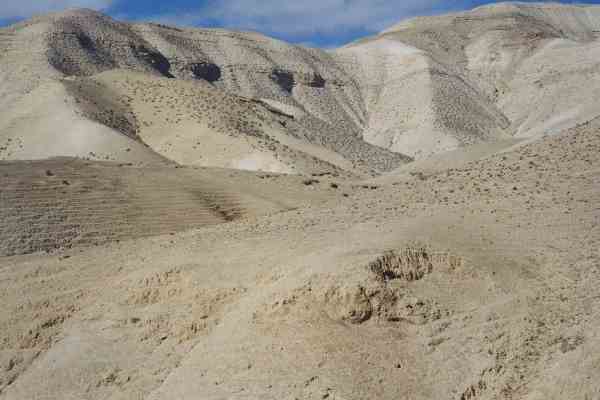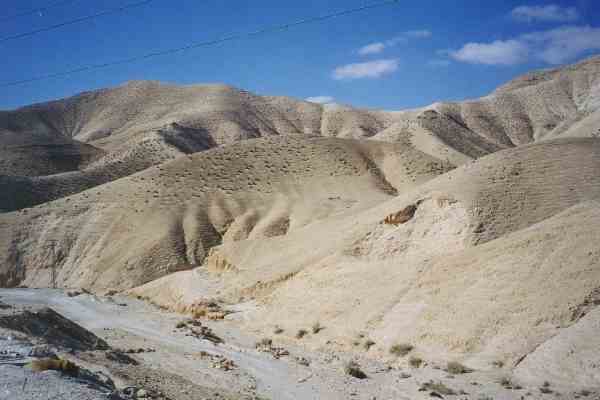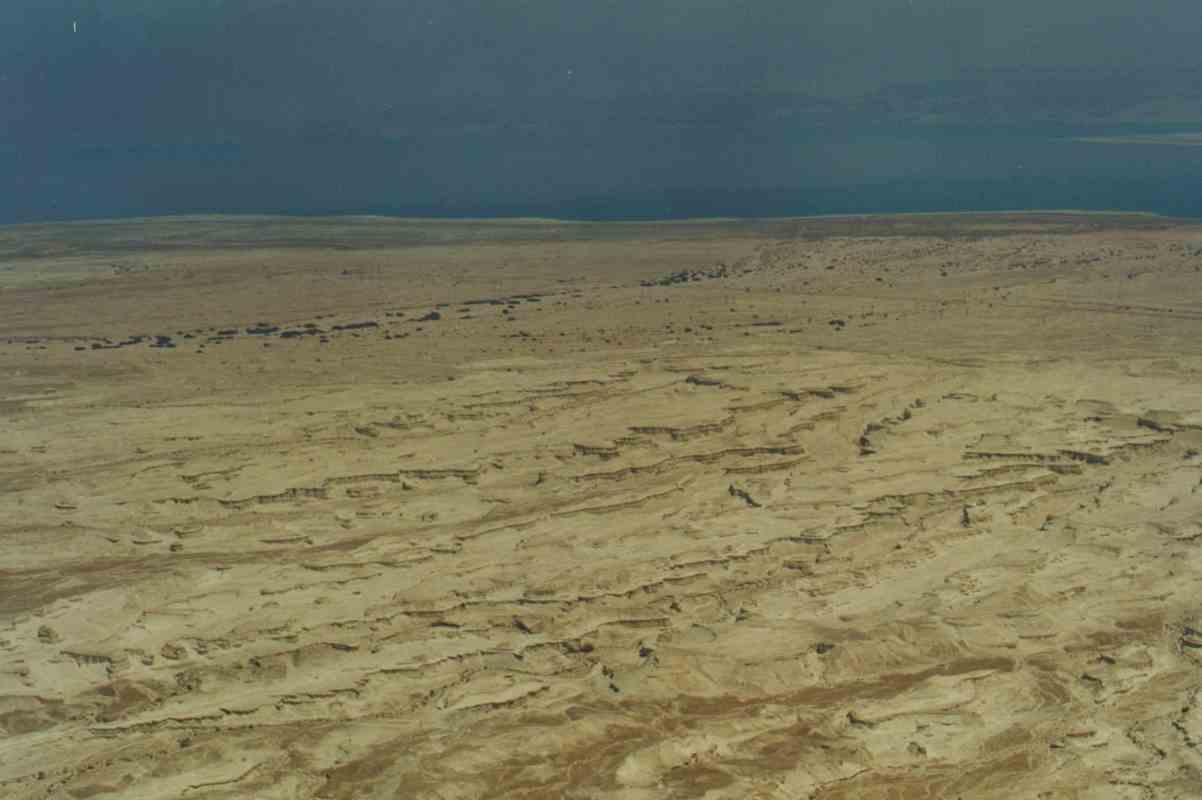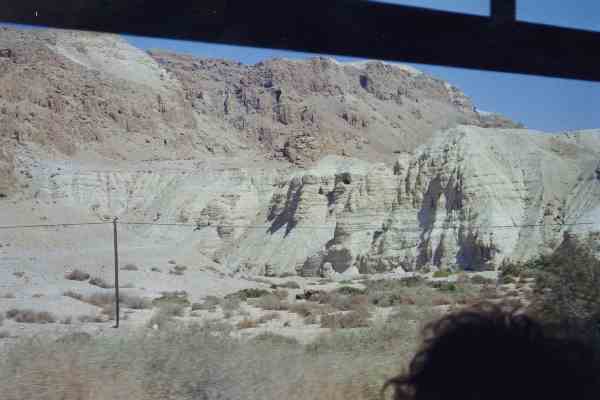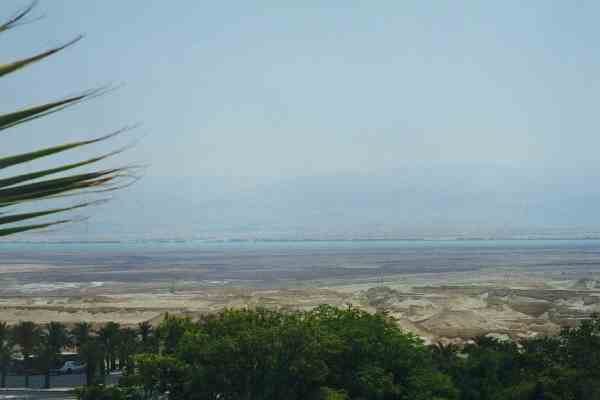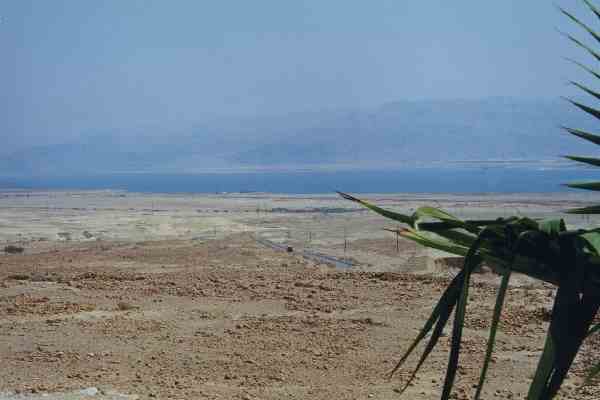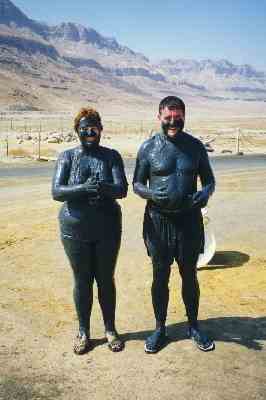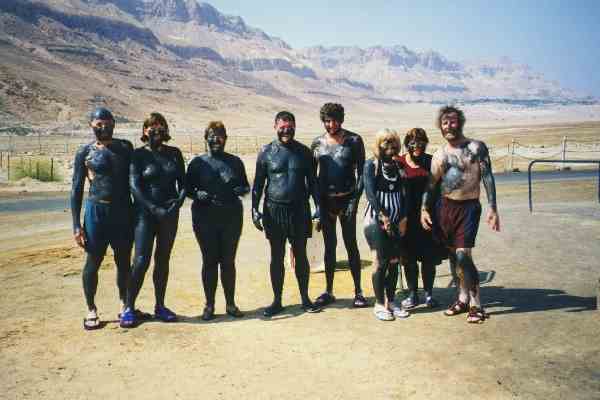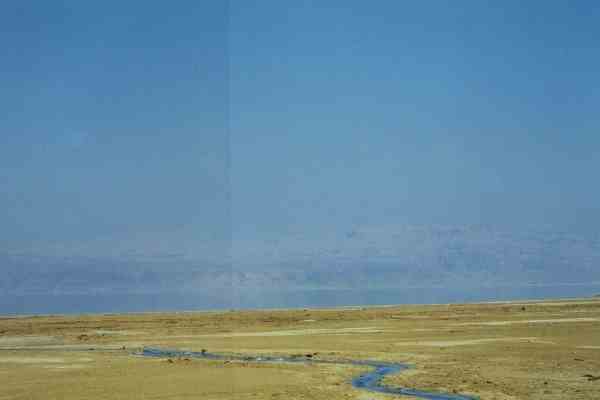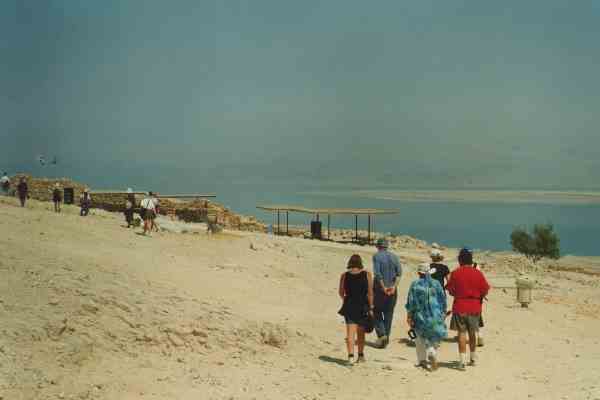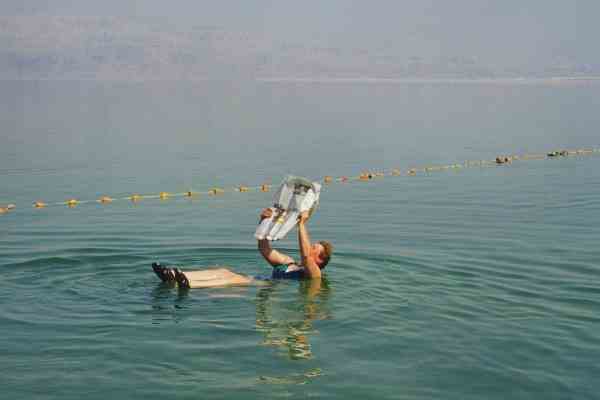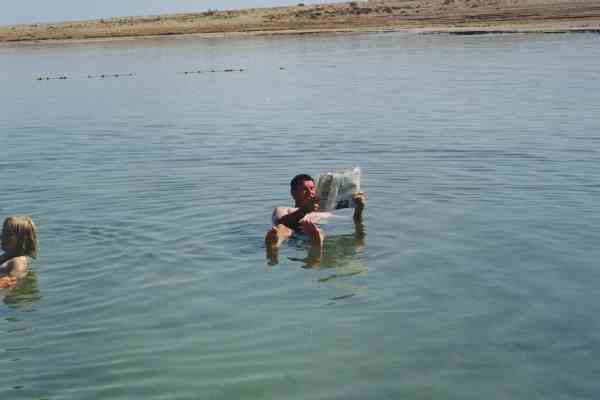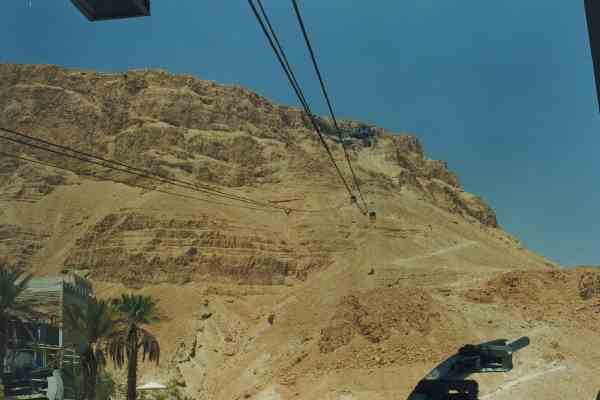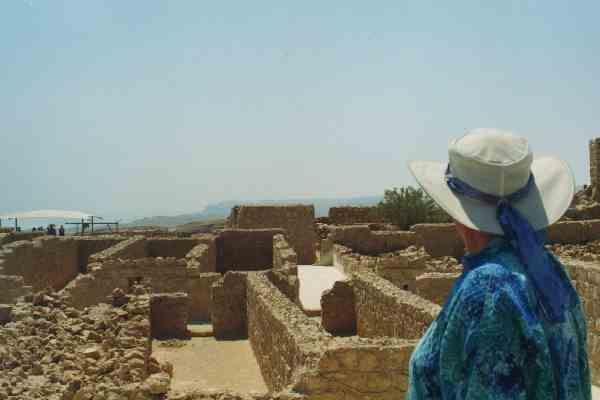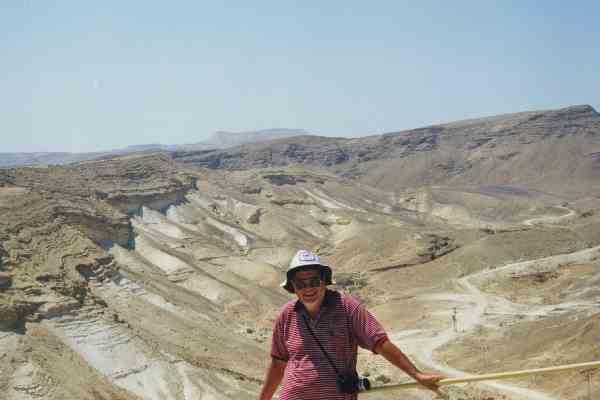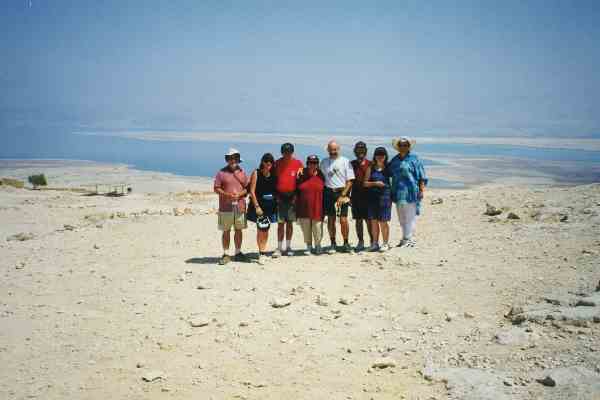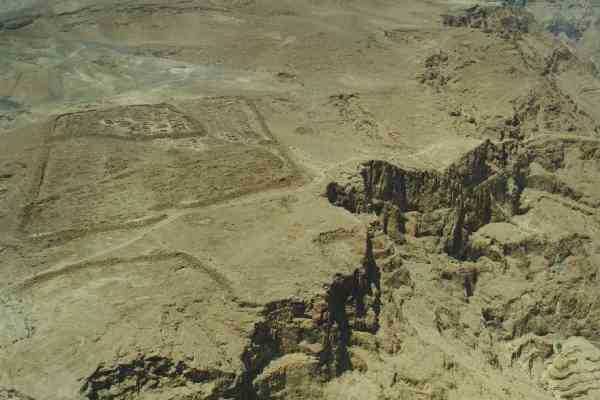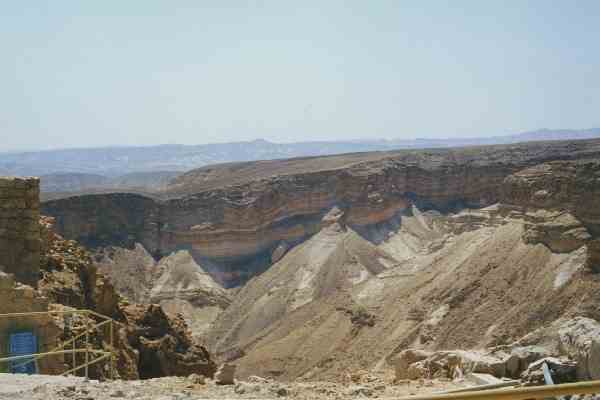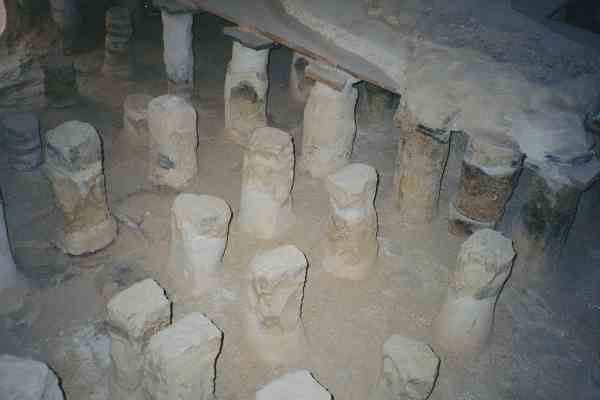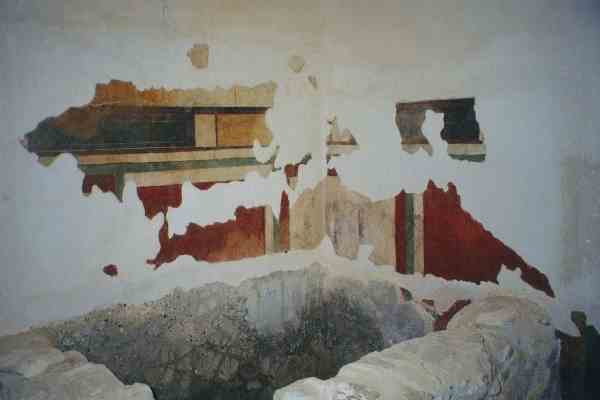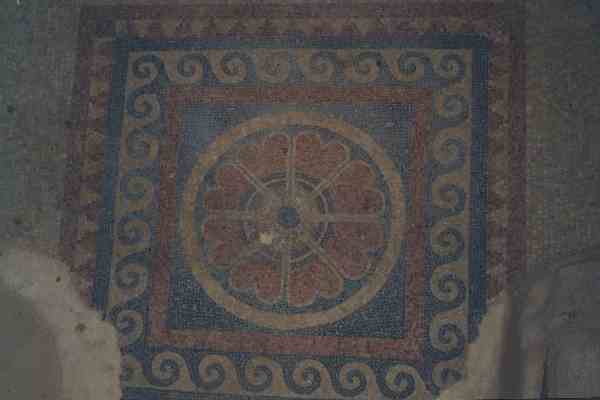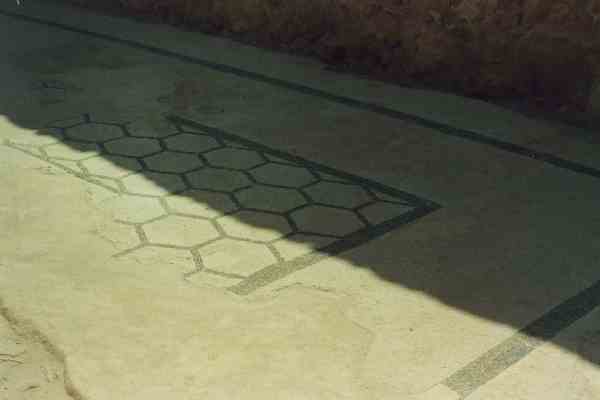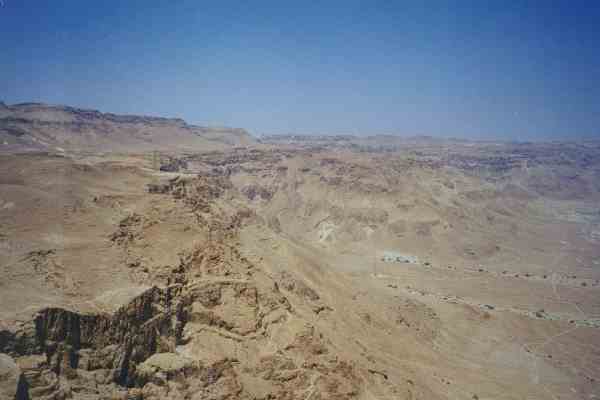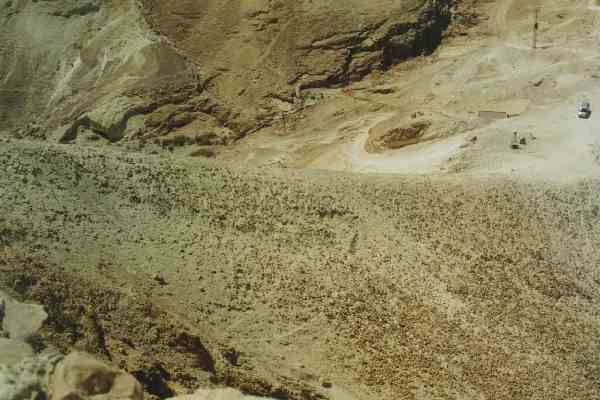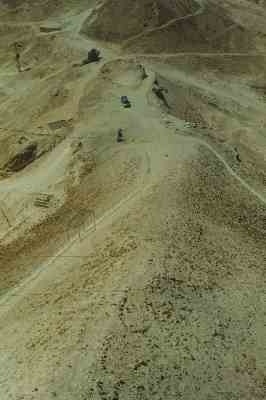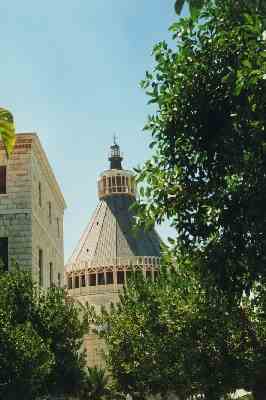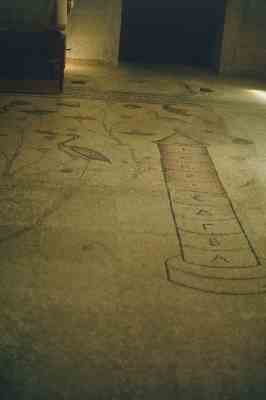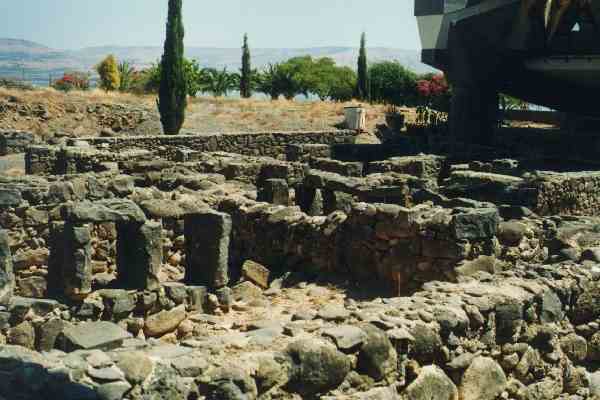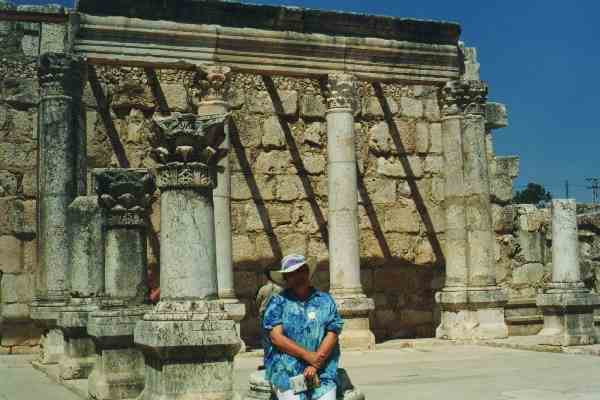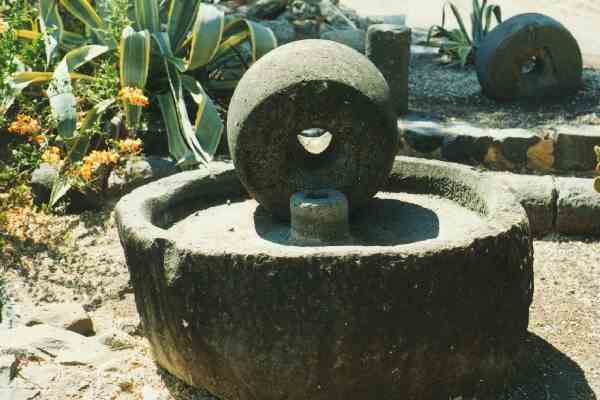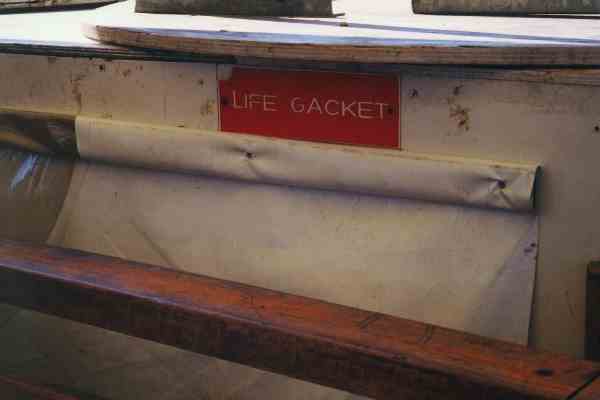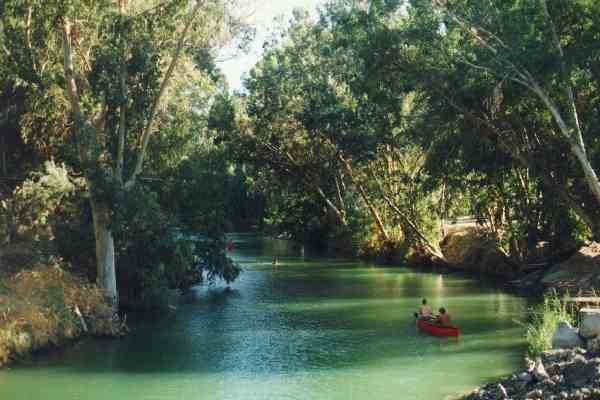In June-July-August-September-October 1999 we went on our first around the world trip.
(99-days - Melbourne - Bangkok - Frankfurt - Moscow - St. Petersburg - Stockholm - Helsinki - Copenhagen - Malaga - London -
Western Europe - UK - Egypt - Jordan - Israel - Greece - New York - Las Vegas - Melbourne)
We entered Israel from Jordan.
|
|
Jordan-Israel border. Crossing the Jordan river at the Allenby Bridge (or King Hussain Bridge as it is known in Jordan), going into Israel. |
|
|
Jordan-Israel border. |
|
|
Jerusalem.
The terraced slopes of The Mount of Olives where Jesus was said to have been arrested. |
|
|
Jerusalem.
The Western Wall (Wailing Wall) with The Dome of the Rock mosque behind it. |
|
|
Jerusalem. The Western Wall (Wailing Wall) is a place of prayer and pilgrimage sacred to the Jewish people. It is the only remains (the retaining wall of the foundations) of the Second Temple of Jerusalem, held to be uniquely holy by the ancient Jews and destroyed by the Romans in AD 70. |
|
|
Jerusalem. A closer view of The Western Wall (Wailing Wall). It is segregated into male and female sections. This is part of the female section. |
|
|
Jerusalem. Modern buildings have been erected over some excavated ruins. A clever way of displaying the the excavations. |
|
|
Jerusalem. The Cardo archaeological ruins of the main (north-south) street of Roman and Byzantine Jerusalem. |
|
|
Jerusalem Inside the old walled city of Jerusalem. A tour group of pilgrims carrying a cross along the Via Dolorosa. This is the route that Catholics believe to be the one taken by Jesus on the way to his crucifixion. There are 12 resting stations along this route. |
|
|
Jerusalem.
A scene inside the old walled city. |
